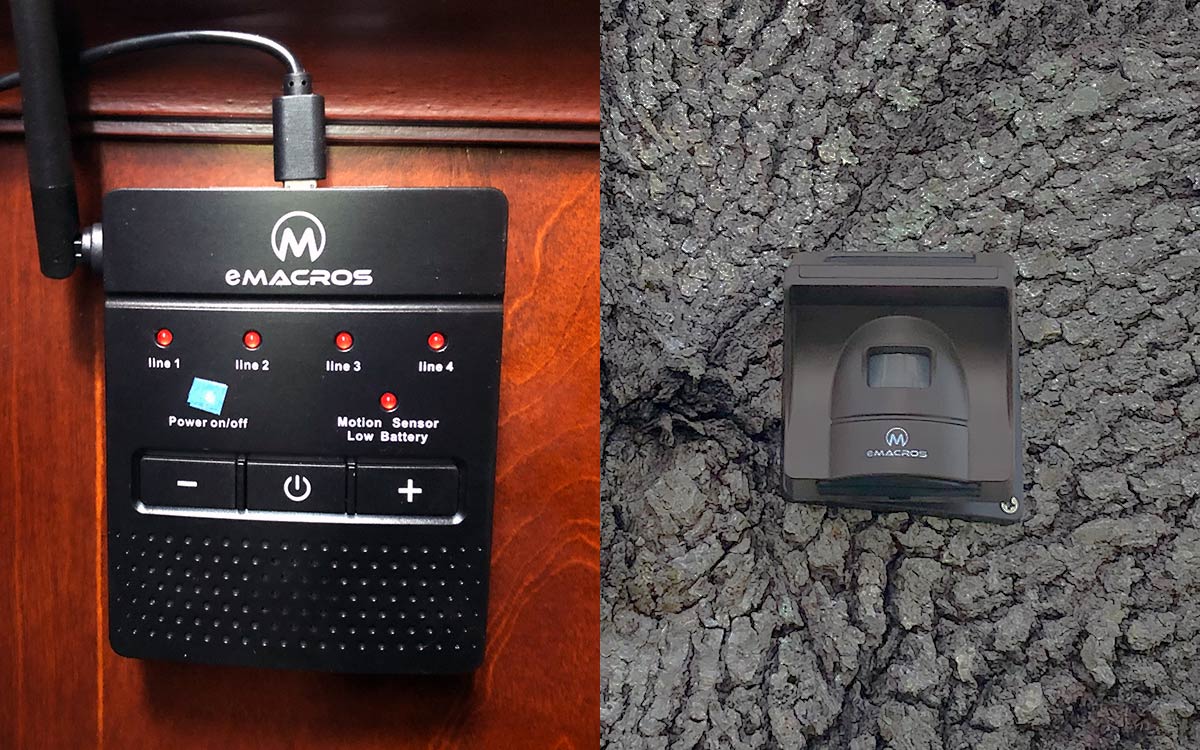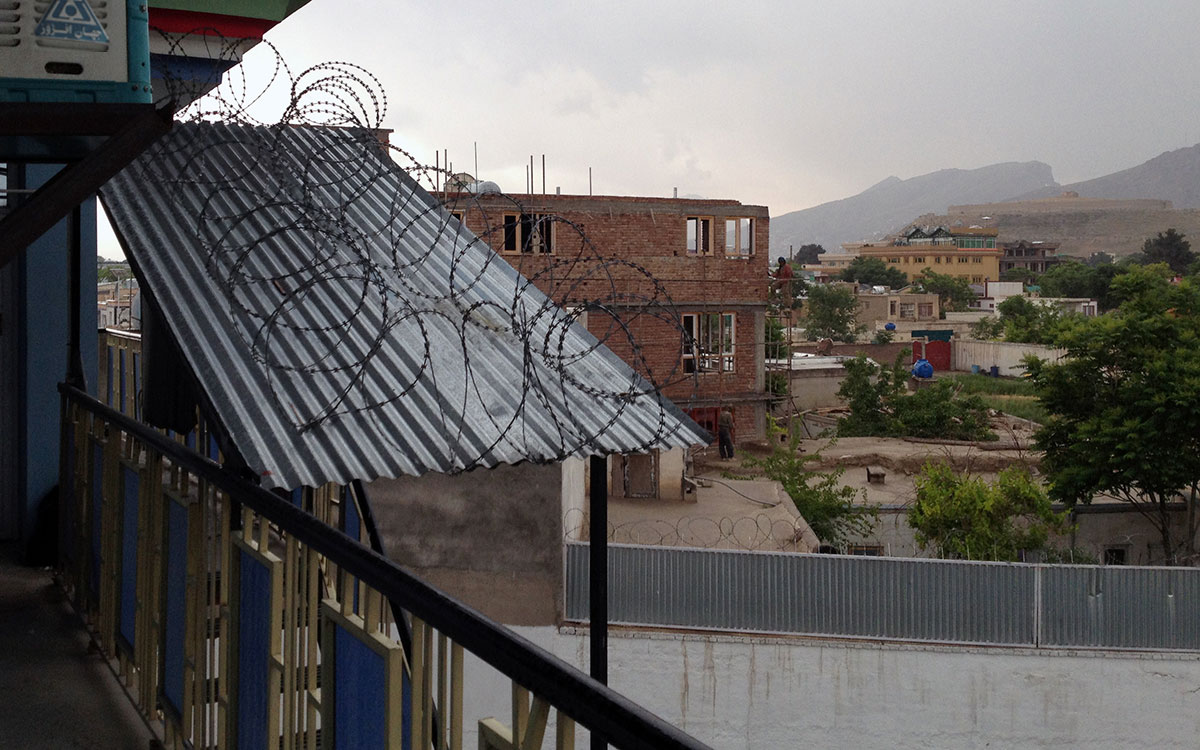The image above shows the balcony from a second-story room in a locally-owned guesthouse in Yemen. Several years ago I checked into this room. I was in the country to advise various individuals on security issues. A day or so before this image was taken a bombing took place close to where I had been meeting with others. Dozens were killed. A local Islamic militant group claimed responsibility.
Just before I checked in, I heard a rumor that Al-Qaeda in the Arabian Peninsula (AQAP) would pay $90,000 for any westerner that a local could capture and bring to them. This was less-than-comforting given the fact that I would be staying at a guesthouse run by locals, I was alone, and there was no sign of any other westerners in the area. The image above was taken as I planned my escape route in the event that I heard anyone approaching my room that night.
You may never be tasked with operating in settings like this, yet given the current political realities it’s not inconceivable that the relative calm we’ve enjoyed in the West for so long may not last. Some have even suggested that civil war may result if a Socialist is elected and seeks to confiscate firearms from citizens. In such circumstances, training in the skills and tactics crafted and honed by individuals operating for years in low-visibility roles overseas will be in high demand.
Much of my adult life has been spent living long-term or traveling into and out of areas in the Islamic world where groups, some more militant than others, are based. To this day I serve in a role advising individuals serving in such locations. The Panoplia.org Soft Skills and Tactics (SST) online course outlines operational training based on lessons learned by myself and others while serving in low-visibility roles within some of the most challenging places in the world.
One of the 45 subject-matter-areas covered in the SST course is called Covert Hardening. The objective is to make a residence or base of operations blend in with the surroundings. It should draw as little attention as possible and fit within the local context. The challenge is achieving this objective while at the same time taking steps to help ensure the security of those who reside or operate there. In the Covert Hardening topic we cover a three-tier security perimeter concept. One of these involves early warning systems.
Like millions of others, I sometimes enjoy watching online videos that focus on security topics. I particularly enjoy a Channel called “The Sensible Prepper” run by Don Porter. Don offers excellent insights with a humility that’s refreshing within the online security culture.
Last week Don posted a video titled, “Driveway Alarm Security.” In it, he introduces a solar-powered motion detector setup made by a company called eMacros that’s intended to alert a homeowner when a vehicle enters his or her driveway. During Don’s presentation I immediately thought of how this could fit within the three-tier security perimeter concept we cover in the SST course’s Covert Hardening topic.
My wife and I have already setup security cameras that include motion-sensing technology. The issue is that these are limited by Wi-Fi signal strength. Incredibly, the solar-powered units made by eMacros are said to have up to a half-mile range. When deployed within their operating range, they send a signal directly to a base station in one’s home. There’s no Wi-Fi connection necessary.

The image just above shows the base station and one of two sensors we’ve set up. The base station is attached to the side of my nightstand, and remains plugged in. It has a battery backup system in case the power goes out.
The unit in our front yard is in a tree about eight feet off the ground. The color blends in quite well, and it’s unlikely that it would be spotted. It points toward our front door and sends a signal to the base station whenever a person passes between the tree, about 30 feet out, and the front door. With a few adjustments, we were able to set this up so that it’s not tripped by animals or when our front door opens.
We placed the second sensor inside the screen porch attached to the back of our home. If anyone enters in order to approach the sliding glass door, a signal is sent to the base station. Again, it is not tripped by animals.
We can’t confirm the claimed half-mile range, yet the unit in our front yard is some 80 feet from our base station. It has no issues at all at this range. The batteries in the sensors are rechargeable using a USB cable if necessary. However, the manufacturer claims that the charge will be maintained by the small solar panel on top. A week in to our testing the charge has been sustained.
One can assign each sensor a number from 1-4. When a sensor is tripped, the light with the number associated with the particular unit glows on the base station, and a chime sounds. Each sensor number has a unique chime, and the volume can be adjusted on the base station.
This setup significantly extends our tier-two security perimeter beyond what the security cameras alone could cover. The settings on the sensors allow for motion to be detected at a distance of 20 feet or 30 feet. Carefully setting up a system like this can let you know if a person approaches your home well before they’re at your doorstep. During security incidents seconds count. The early warning this provides would give one that much more time to prepare to engage an intruder.
Since this is a brand new unit we don’t consider this a gear review. We’ll offer a review after the system is in place for at least a year. In the meantime, I can say that so far the setup has given me a greater sense of confidence by knowing when someone is approaching our home, no matter what time of the day or night.
The eMacros system that we purchased from Amazon included two solar-powered sensors and the base station. We paid a total of $119.99 for this setup.
As always, remember that Panoplia.org has no affiliate relationships with manufacturers or retail suppliers, nor do we participate in third-party advertising. We simply share our views about gear and supplies that work well for us under hard use.




0 Comments